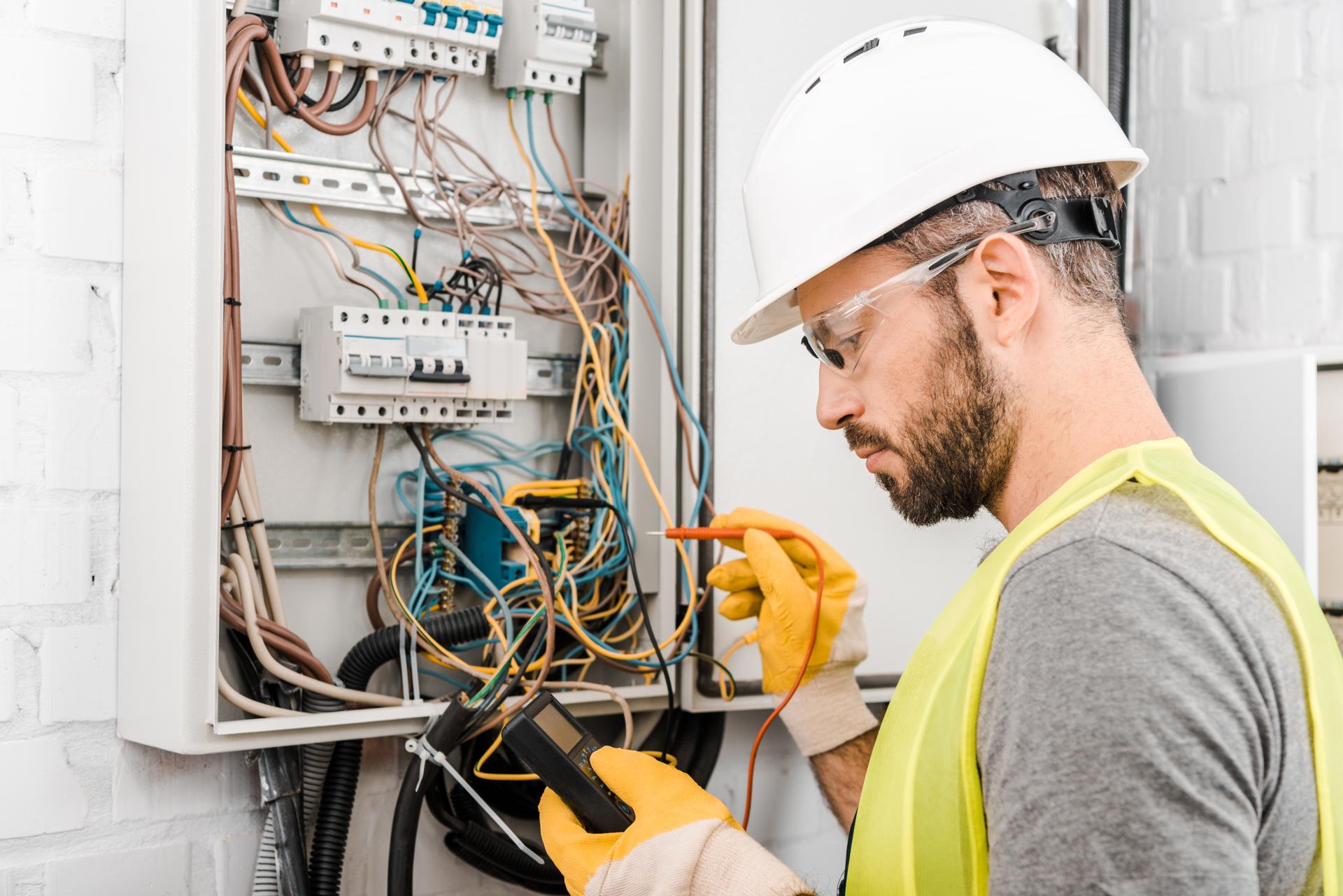What You Need to Know About Electrical Wiring in Your Home: An Overview

Electricity is an integral part of our daily lives, powering everything from the lighting in our houses to appliances we use on a daily basis. However, electric systems may be complicated, making it difficult to understand how they work isn’t easy. In this guide we’ll go over the elements of an electrical system and show how circuits operate to power devices and appliances. Our residential electricians can handle any electrical jobs you need.
The components of an electrical system
An electrical system has several key components that work together to supply power to homes. These include:
Breaker box is the central source of electrical power in homes that is where electricity is divided into different circuits
Switches and outlets: points where electricity is delivered to devices and appliances
Wiring: the wires that carry power from the breaker box to the outlets and switches
Electric appliances, devices and equipment: appliances and gadgets that rely on electricity to function
Electrical Circuits
The term "electrical circuit" refers to one that lets electricity flow from the point of origin (the breakers box) to appliances and devices within a home. There are two kinds of electrical circuits found in homes which are 120-volt circuits and circuits that are 240-volts. 120-volt circuits are employed for most household devices and appliances, whereas the 240-volt circuits are utilized to power larger appliances, such as dryers and air conditioners.
Electrical circuits work by completing a loop that allows electricity to flow from the source into the appliance or device. The loop is made up of a hot wire that carries the electricity and a neutral wire which completes the circuit and a ground wire , which is the pathway for the electricity to get to the ground in the event the fault occurs.
Understanding the electrical Wiring
Electrical wiring is available in a variety of kinds, such as non-metallic sheathed wire (NM) and armored cable (AC), and conduit. Each type has its advantages and disadvantages and the selection of wiring type depends on the particular requirements of the installation.
Electricity travels through wiring through the creation of electrons in the wire. The electrons travel from the source to the appliance or device returning to the source using the neutral wire. It is crucial to make sure that the wiring is installed and maintained correctly, as faulty wiring can lead to electrical hazards like shocks and fires.
Common Electrical Problems
Common electrical issues in homes include tripping breakers, flickering lights and disconnected outlets. These issues can be caused by a variety of factors such as overloading circuits poor connections, or faulty wiring.
If you are experiencing one of these problems, it is essential to determine the source and take action to fix the problem. In certain instances it may be necessary to contact an accredited electrician to inspect and repair the wiring.
Final Conclusion, as well as a Call to Action
In conclusion, understanding how electrical wiring operates is crucial for ensuring the safety and security of the electrical system in your home. By adhering to the guidelines laid out in this document and you will be able to remain secure and avoid potential dangers.
If you have any questions or concerns regarding the electrical system in your home do not hesitate to call Local Electrician Dural. Our licensed electricians have the knowledge and expertise to handle all your electrical requirements. Contact us at 1300 610 481 to schedule a consultation.
FAQ
What are the symptoms of faulty electrical wiring?
Signs of defective electrical wiring may include tripping breakers flickering lights, or dead outlets, among others.
What is the best time to schedule my home’s electrical system inspected?
It’s recommended that you get your home’s electrical system inspected by an accredited electrician each 10 years.
What is the life expectancy of electrical wiring?
The lifespan of electrical wiring depends on a variety of factors, including what kind of wire used, the environment it’s installed in, and the standard of the installation. The majority of electrical wiring will last for at least thirty years, or even more with correct installation and care.
Can I fix electrical problems myself , or do I need to hire an electrician?
Although some electrical issues are fixable by homeowners, it’s recommended that you hire an experienced electrician for most electrical repairs. Making attempts to fix electrical problems without proper training and experience can be dangerous and could cause injuries or damages the property.
What should I do if I encounter an electrical problem at home?
In the event of an electrical emergency first thing to do is to turn off the power supply to the affected location by turning off the breaker or the fuse. Contact an accredited electrician to inspect and repair the issue as soon as possible.
By following these rules by following these guidelines, you can ensure the security and reliability of your home’s electrical system and prevent any potential dangers. Be aware that when it comes to electrical repairs and installations, it’s recommended to rely on the professionals. Contact Local Electrician Dural at 1300 610 481 for all your electrical concerns.
